Return of the Jedi and the Fall of the Empire
"Star Wars: Episode VI - Return of the Jedi" (1983), directed by Richard Marquand, offers a nostalgic blend of adventure and themes. Rating: 8.3/10.

"Star Wars: Episode VI - Return of the Jedi," released in 1983, marks the conclusion of George Lucas's original Star Wars trilogy. Directed by Richard Marquand and co-written by Lucas and Lawrence Kasdan, the film features beloved actors such as Mark Hamill, Harrison Ford, Carrie Fisher, and Ian McDiarmid.
The narrative follows Luke Skywalker as he seeks to save his friend, Han Solo, from the clutches of the crime lord Jabba the Hutt while also preparing to confront his father, Darth Vader, and ultimately the Emperor.
Despite its status as a cultural phenomenon and a visual spectacle, "Return of the Jedi" presents a range of complexities. While it delivers thrilling action sequences, including the iconic battle on the forest moon of Endor and the final confrontation between Luke, Vader, and the Emperor, the film also showcases some narrative weaknesses.
These include a disjointed structure and underdeveloped characters, especially when compared to its predecessors. The introduction of the Ewoks and the repetition of the Death Star conflict prompts reflection on the film's originality and themes.
Overall, "Return of the Jedi" provides a nostalgic blend of adventure and emotion, offering audiences a layered experience that intertwines victory with inevitable flaws.
| Key | Value |
|---|---|
| Title | Star Wars: Episode VI - Return of the Jedi |
| Director | Richard Marquand |
| Writer | Lawrence Kasdan, George Lucas |
| Actors or actresses | Mark Hamill, Harrison Ford, Carrie Fisher |
| Rated | PG |
| Runtime | 131 min |
| Box Office | $316,566,101 |
| U.S. Release Date | 25 May 1983 |
| Quality Score | 8.3/10 |
Synopsis
In "Star Wars: Episode VI - Return of the Jedi," Luke Skywalker embarks on a mission to rescue Han Solo, who remains frozen in carbonite at Jabba's palace. With the assistance of Leia Organa, Chewbacca, Lando Calrissian, and the droids R2-D2 and C-3PO, Luke confronts Jabba and ultimately defeats him, freeing Han.
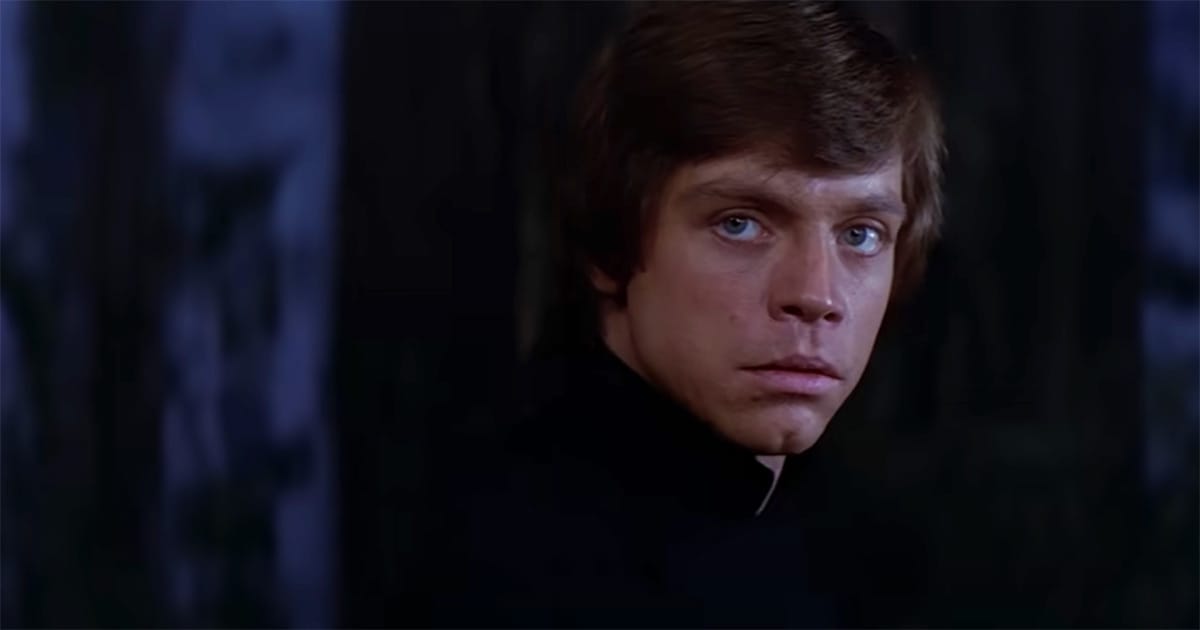
As the Rebel Alliance prepares for an assault on the second Death Star, Luke grapples with his identity and destiny. He seeks to redeem his father, Darth Vader, who remains entwined with the dark side under the Emperor's manipulation.
The narrative escalates as the Rebels launch their attack on the Death Star, leading to a climactic battle that intertwines aerial dogfights and ground combat with Luke's personal struggle against Vader and the Emperor.
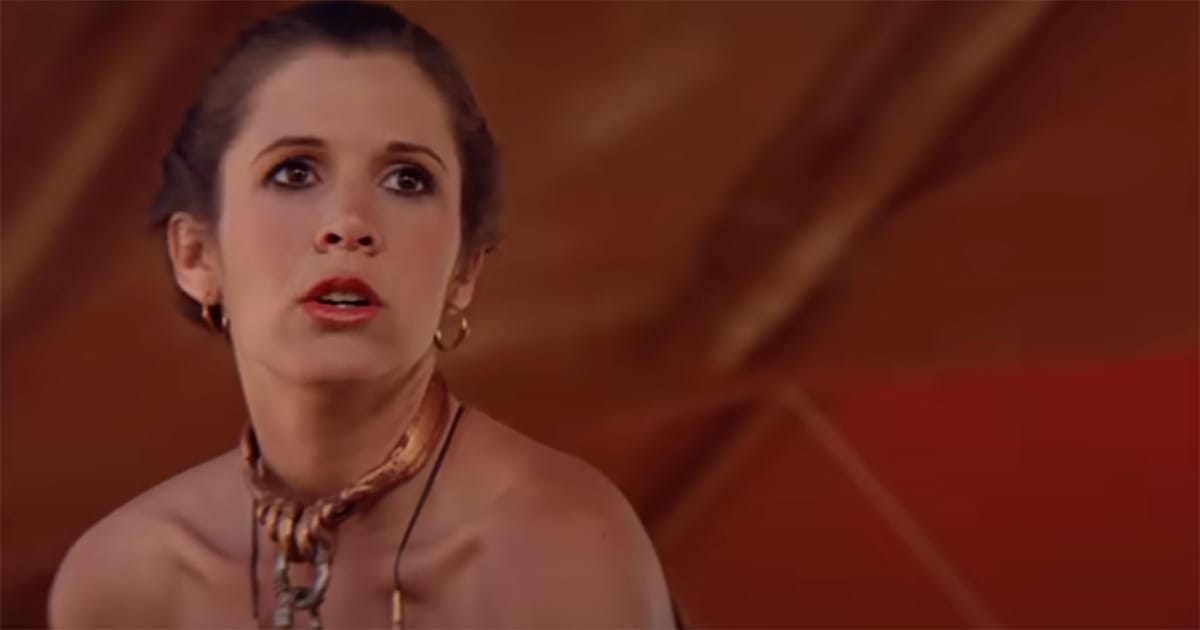
The film culminates in a decisive moment as Luke refuses to succumb to hatred, forcing Vader to confront his own inner conflict. In a final act of redemption, Vader turns against the Emperor to save his son, sacrificing himself in the process.
The film concludes with the defeat of the Emperor and the celebration of the Rebel Alliance, evoking themes of hope, redemption, and victory over tyranny. Despite its flaws, "Return of the Jedi" remains a cornerstone of the Star Wars saga, encapsulating the journey of its characters toward resolution and growth.
Themes
"Star Wars: Episode VI - Return of the Jedi" captivates viewers with its rich tapestry of themes that resonate throughout the narrative. Foremost among these themes is redemption, particularly portrayed through the character of Darth Vader. His arc serves as a poignant exploration of the potential for change and the struggle against one's darker impulses.
In many scenes, Vader's internal conflict manifests visually, especially during his tense interactions with Luke and the Emperor. Each moment brings viewers closer to understanding that beneath the armor lies a tortured soul capable of love and sacrifice.
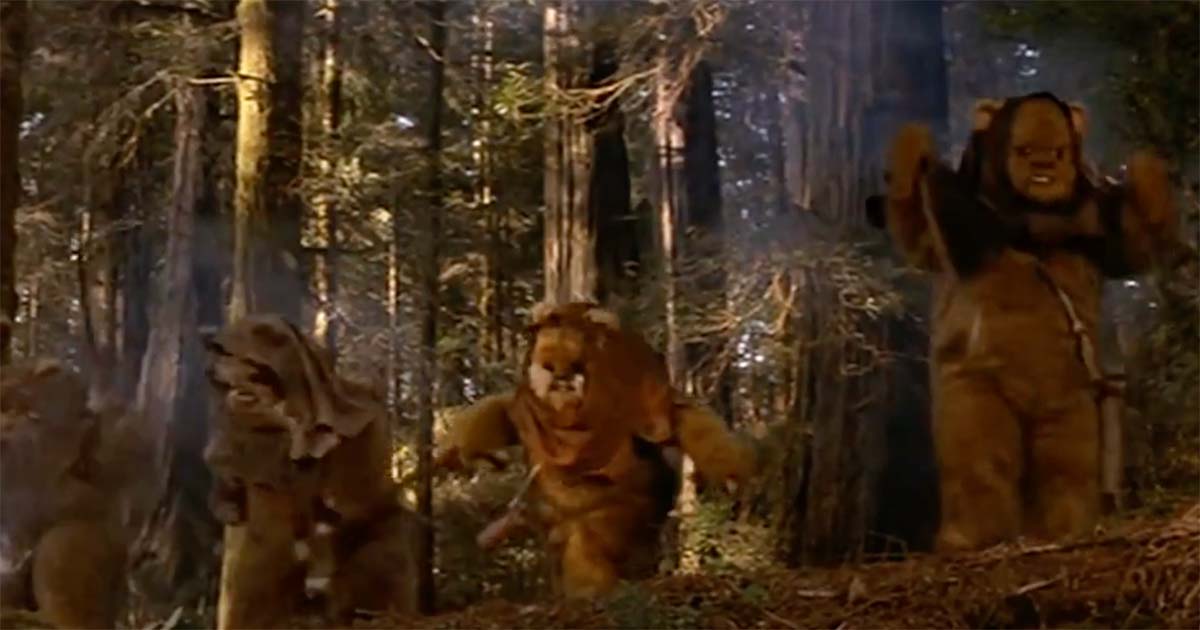
Another salient theme is the struggle between good and evil. The film juxtaposes the pure intentions of the Rebel Alliance against the malevolent ambitions of the Empire. This moral dichotomy plays out in various ways, from the fierce battles that envelop the film to the quieter moments of decision-making that define each character's path.
Audiences experience a surge of hope as they witness the Rebels rallying support from allies across the galaxy. The climactic battles serve as spectacles of this good-versus-evil struggle, filled with tension and stakes that keep viewers on the edge of their seats.
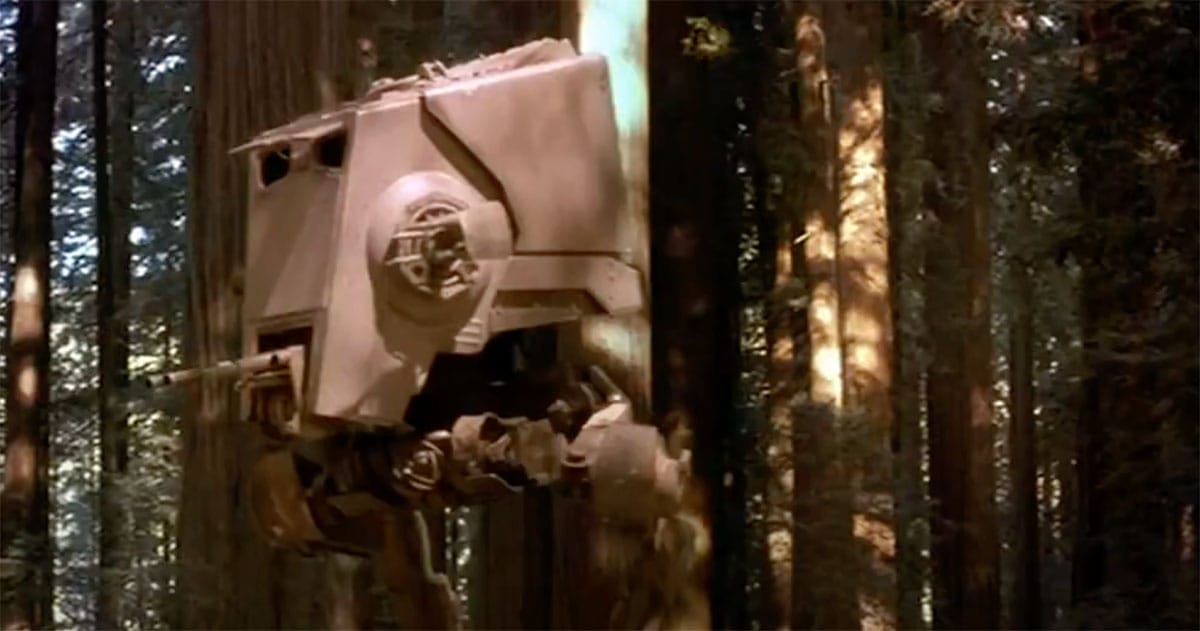
The film also delves into the significance of friendship and family. The bond between Luke, Han, and Leia forms the emotional backbone of the narrative. Their camaraderie becomes vital in their fight against tyranny, illustrating how collective strength and loyalty can overcome formidable obstacles.
Han's initial rescue becomes a catalyst for his personal growth as he transitions from a self-serving rogue to a committed leader fighting for a greater cause. The family dynamics explored through Luke's relationship with his father, Vader, add depth to the narrative.
Luke's unwavering belief in Vader's capacity for redemption brings weight to their encounters, showcasing the complexities of familial bonds in a grand cosmic tale.
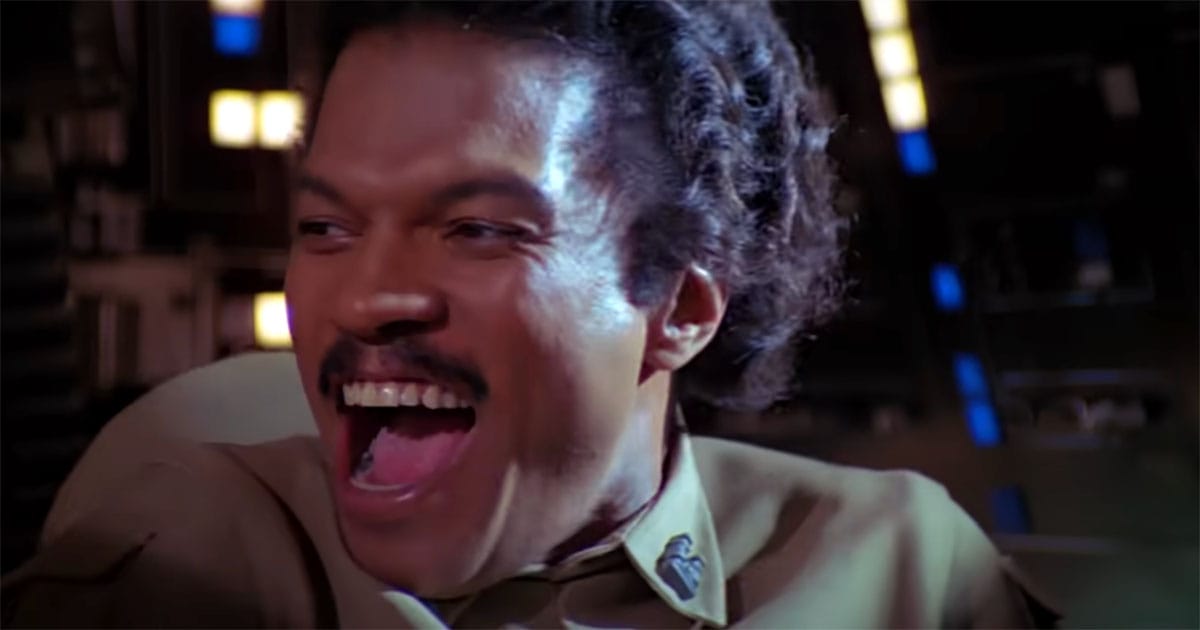
Visually, "Return of the Jedi" stands out for its vibrant cinematography and imaginative world-building. The lush greenery of the forest moon of Endor, contrasted with the starkness of the Death Star, creates striking imagery that immerses viewers in the Star Wars universe.
The forest evokes a sense of tranquility and home, while the imposing, cold structure of the Death Star represents oppression and fear. This contrast emphasizes the stakes of the Rebel Alliance's struggle, as the very essence of freedom hangs in the balance.
Sound plays a crucial role in shaping the film's atmosphere. John Williams' unforgettable score underscores key moments, enhancing both the emotional weight and the sense of adventure. The aural landscape —from the hum of lightsabers to the roar of spacecraft— pulls audiences deeper into the narrative. Iconic sound effects, such as the distinctive cries of the Ewoks and the tension-filled beeps of R2-D2, also contribute to the film's rich auditory experience.
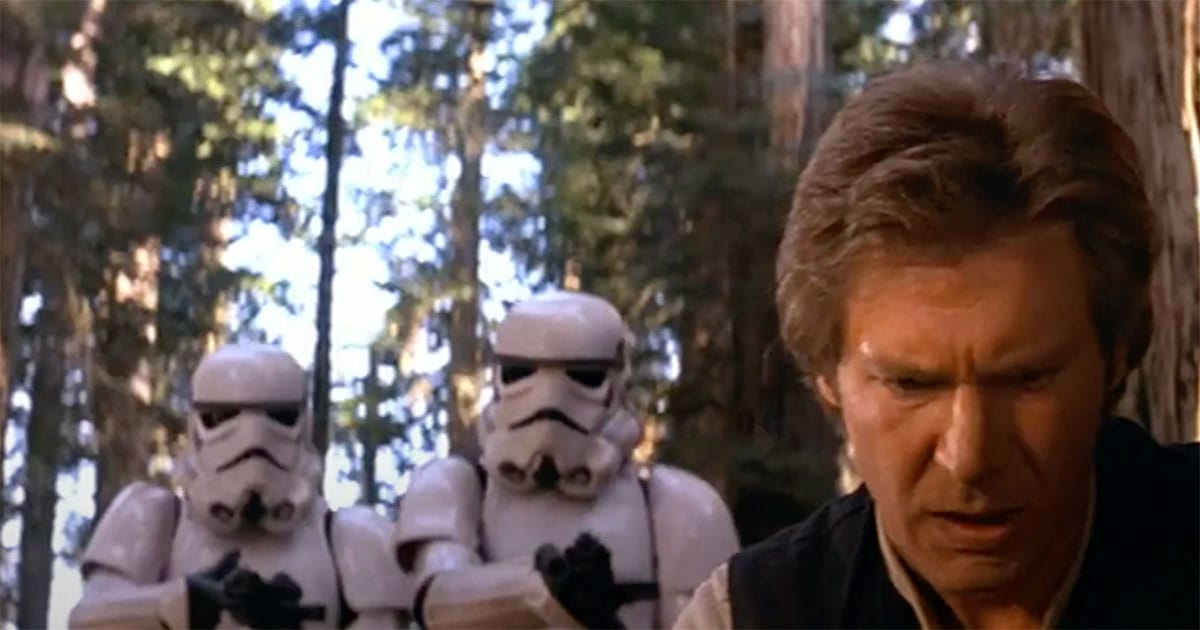
In summary, "Star Wars: Episode VI - Return of the Jedi" delivers a comprehensive exploration of themes like redemption, the battle between good and evil, and the importance of friendship and family. The film invites viewers to reflect on the nature of choice and sacrifice, all while wrapping them in a stunning visual and auditory experience. These layers of meaning enrich the viewing experience, leaving a lasting impression that captivates the heart and mind long after the credits roll.
Who Will Enjoy Return of the Jedi
"Star Wars: Episode VI - Return of the Jedi" appeals to a broad spectrum of viewers, extending beyond merely dedicated fans of the franchise. Individuals who appreciate classic storytelling and character arcs will find much to enjoy here.
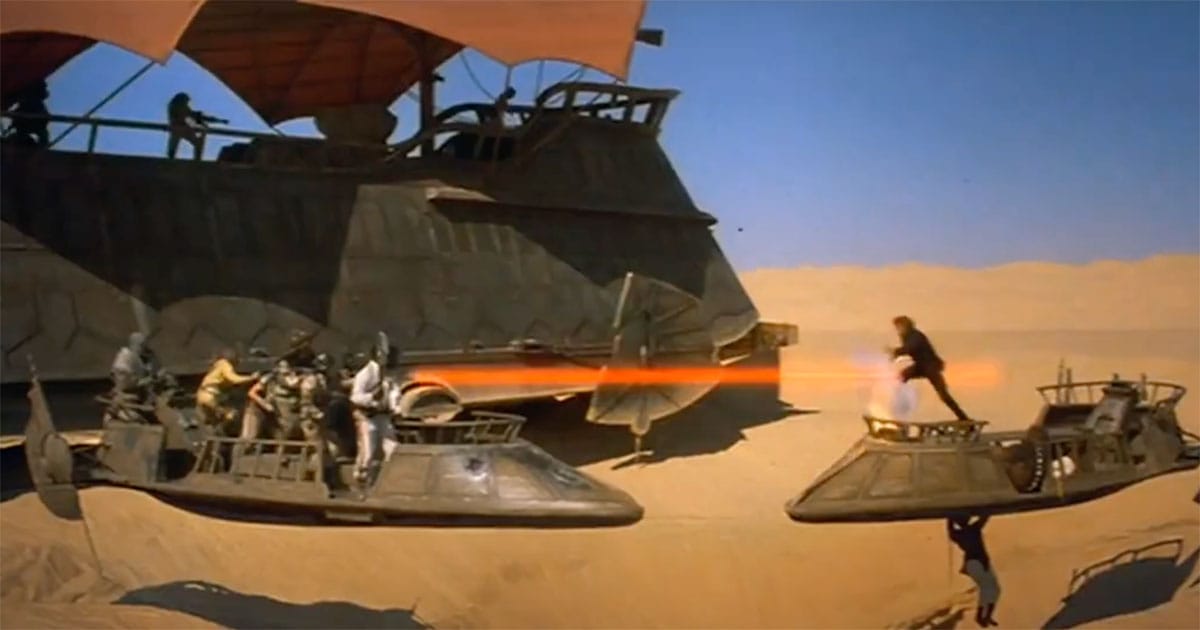
Those intrigued by the themes of redemption and personal growth may connect deeply with the struggles faced by Luke Skywalker and Darth Vader. For audiences who appreciate narratives steeped in moral complexity, this film provides a rich tapestry that invites reflection.
Families can create memorable experiences by watching the film together. It prompts discussions about friendship, courage, and the importance of standing up against oppression. The engaging storyline, coupled with a visual feast, can captivate children and adults alike during a weekend movie night.

Moreover, those who enjoy cinema as an art form can revel in George Lucas's iconic world-building. Enthusiasts of visual effects or film history may find this film particularly compelling. The technological advancements made during its production changed the landscape of filmmaking, and many scenes remain iconic even decades later. Watching "Return of the Jedi" becomes an opportunity to appreciate these artistic accomplishments.
Science fiction and fantasy fans will likely appreciate the film's blend of adventure, humor, and the allure of the unknown. Its placement within the broader Star Wars narrative invites a unique viewing experience where one can anticipate revelations and twists. Viewing the film in conjunction with the rest of the trilogy allows for a richer understanding of character development and thematic evolution.
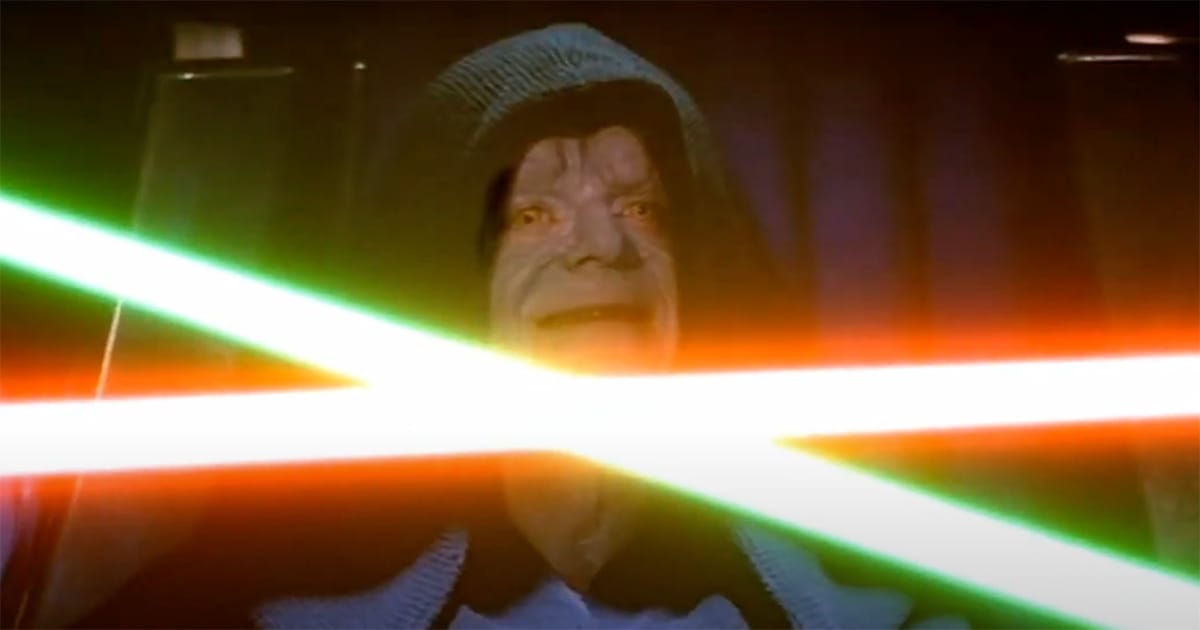
In summary, "Return of the Jedi" captivates a diverse range of viewers, from families seeking an entertaining night to those interested in character journeys and cinematic innovation.
The film's exploration of personal redemption, the struggle between good and evil, and the power of friendship enriches the viewing experience, making it both engaging and thought-provoking.
Ultimately, its mix of adventure, emotional depth, and iconic visuals solidifies its status as a significant entry in the science fiction genre, leaving a lasting impact well after viewing.

